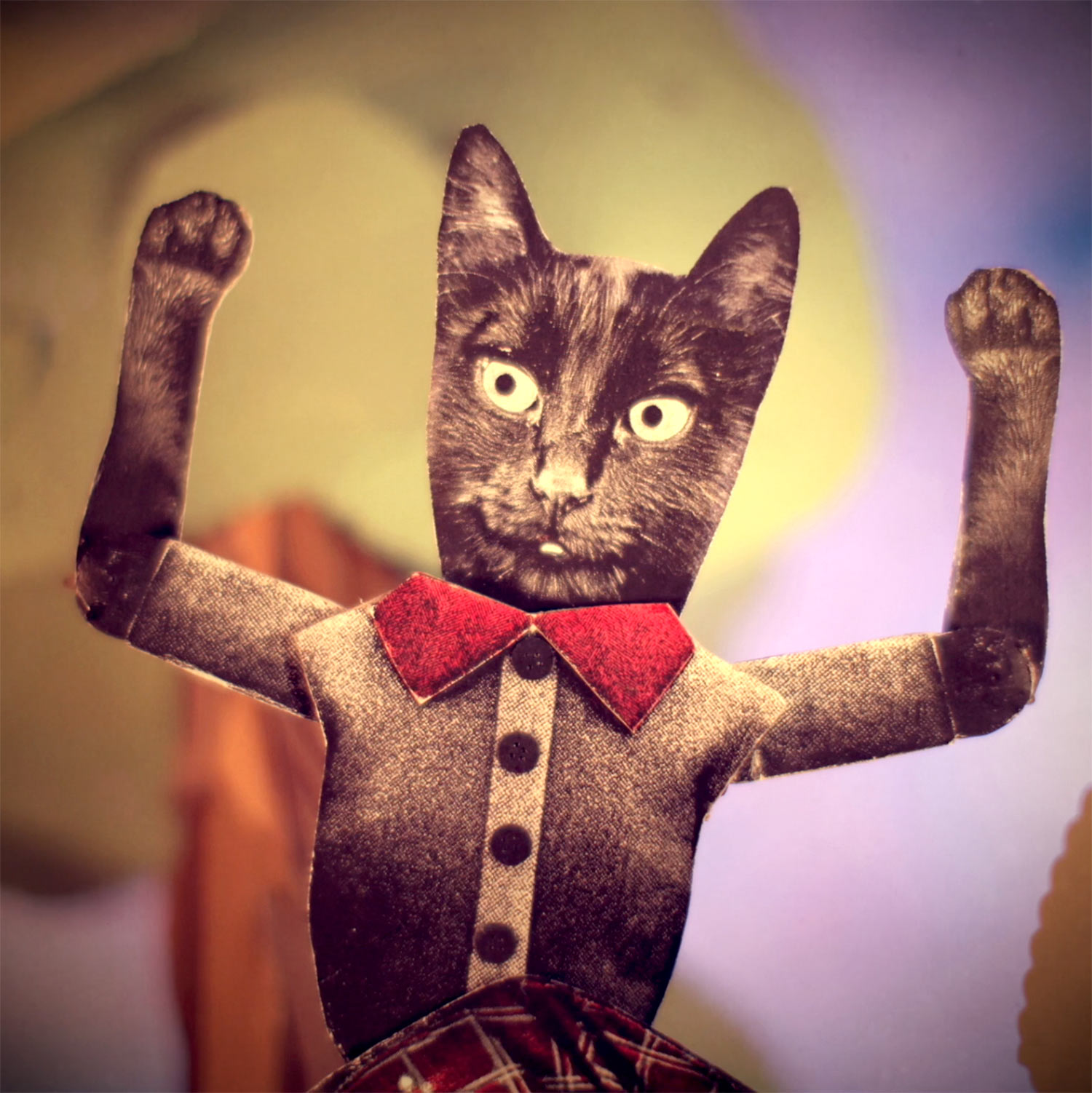
L’École du chat noir
Stop-motion animated series by Lorenzo Papace
“This school is not like the others, because it’s a school of revolt and freedom!”
That’s how The School of the Black Cat begins — an independent animated series, entirely written, directed, and composed in 2019 by Lorenzo Papace.
In a wooden hut perched high in the trees, a black cat welcomes curious minds. With her red collar and determined gaze, she opens the door to a non-dogmatic, liberating and whimsical universe.
The series aims to make the core ideas of anarchism accessible and tangible, away from clichés and jargon, but without compromising on depth or humour.
“For me, anarchism is a kind of social atheism. It’s a relationship to the world, not a doctrine.”
— Lorenzo Papace
Through embodied dialogue, original music, and meticulous stop-motion paper animation, the series shares tools for intellectual self-defence, stories worth spreading, and — above all — the joy of asking questions together.
Each episode is entirely handcrafted in Lorenzo’s workshop:
This handcrafted, non-commercial approach preserves the artistic and ethical integrity of the project.
The series has been praised by Vice and various activist circles, but it also resonates with a broader audience — people who are curious, sensitive, and in search of meaning.
The black cat: Inspired by Spanish anarchism, she embodies pedagogy, poetry, and rebellion.
The mallard duck: Often sarcastic, he plays the role of the skeptic — a stand-in for the bourgeoisie, clergy, or parliament — and “we are all a little duck sometimes.”
“I’m not really a teacher. Today I speak, tomorrow it will be your turn.” — The black cat
Lorenzo avoids making the series moralistic.
It’s not just for activists — it speaks to anyone who dreams of freedom, even without knowing it.
Anarchist references (black cats, red and black colours, flags) are present, but always subtle and playful.
The series is designed as a tool for mediation, a bridge between imagination and politics, between tenderness and radicality.

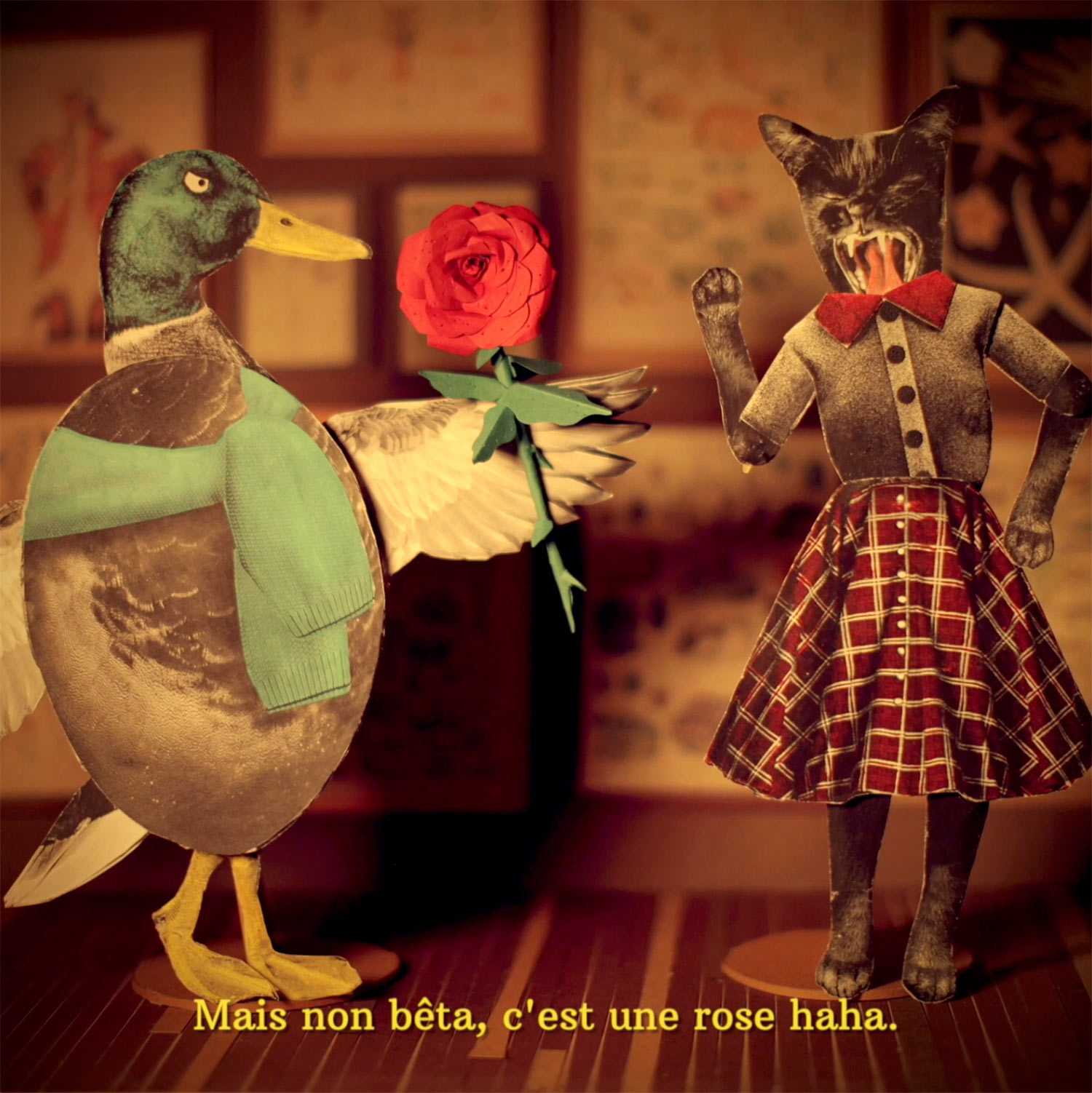
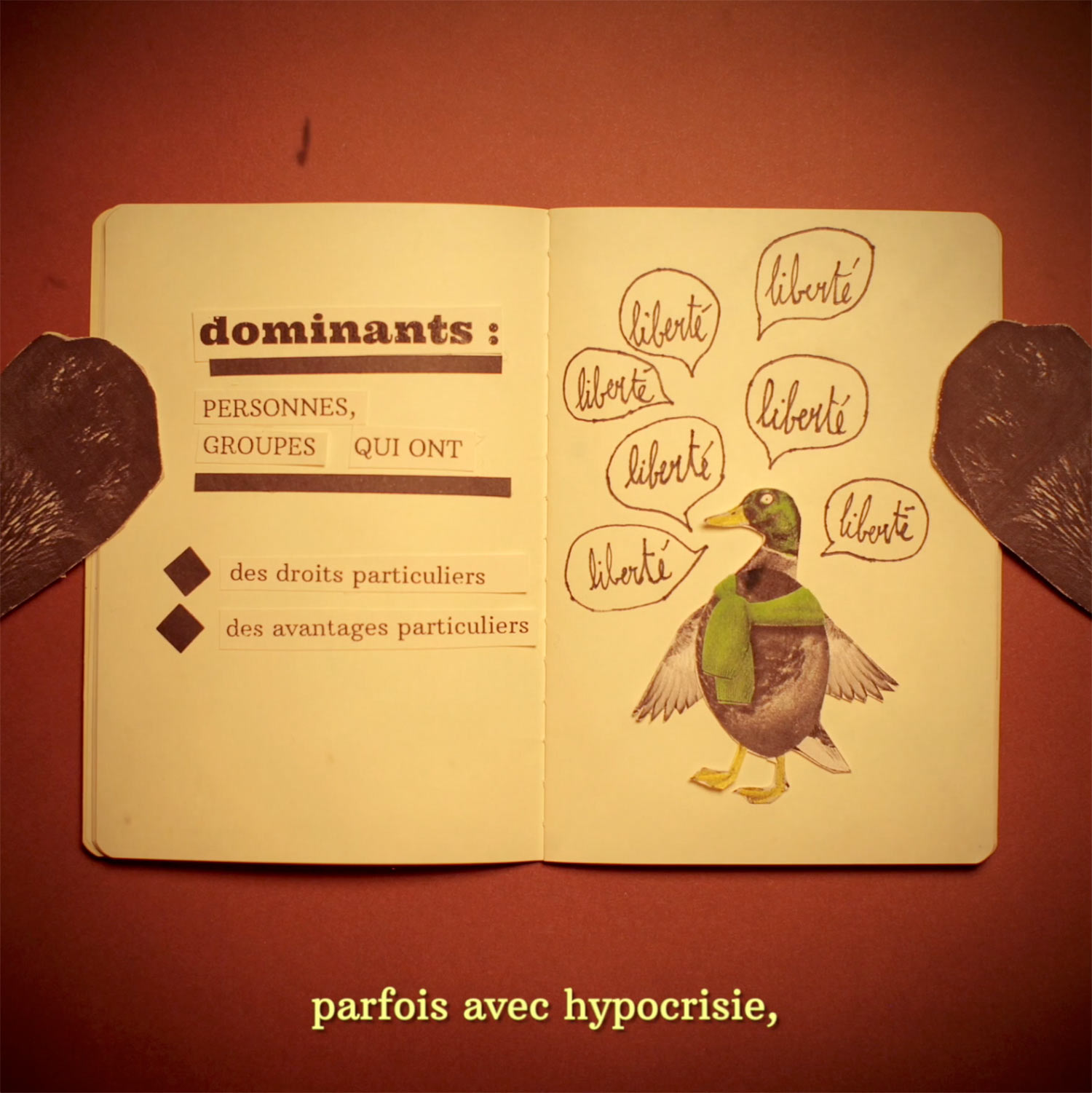
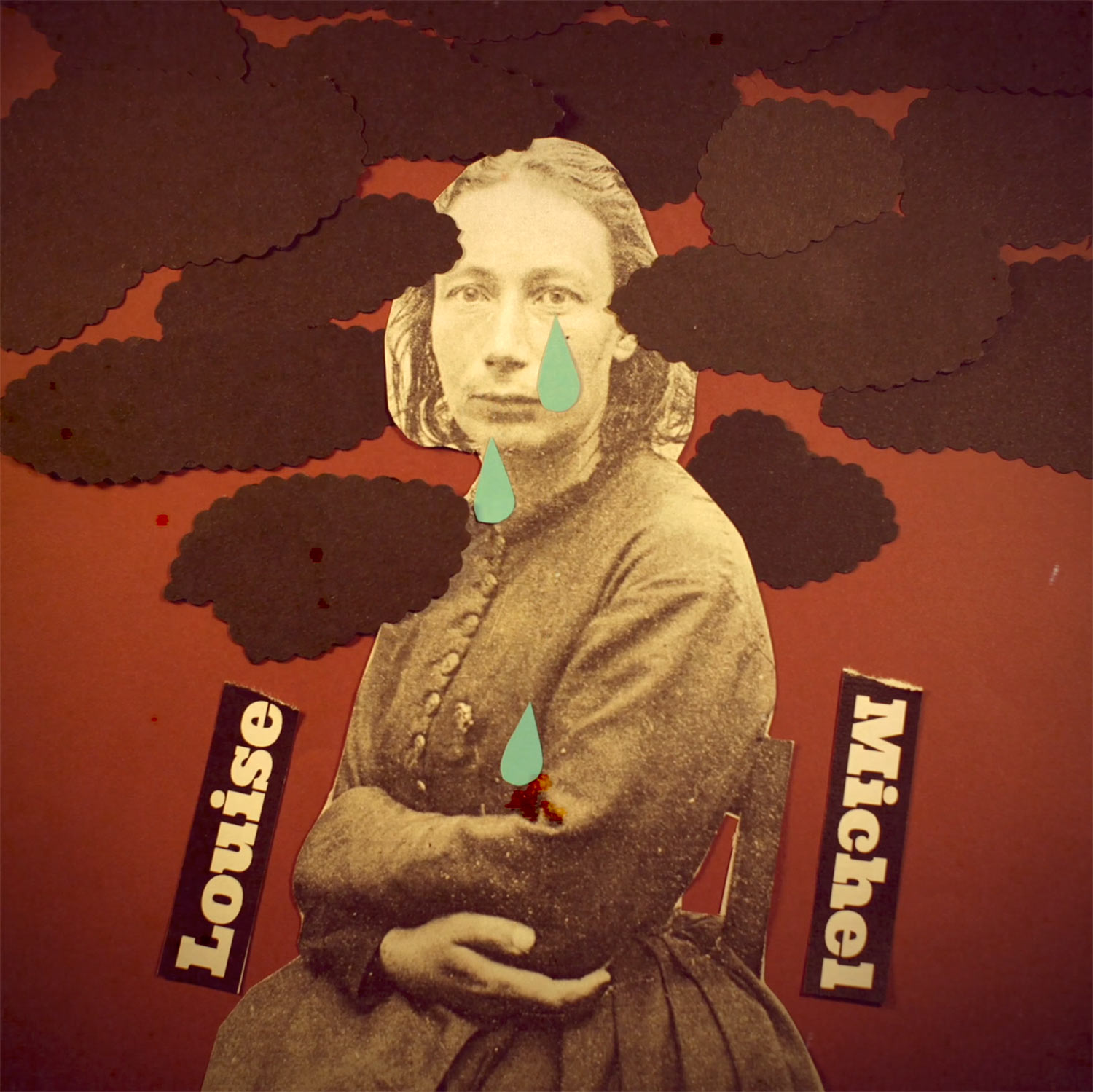
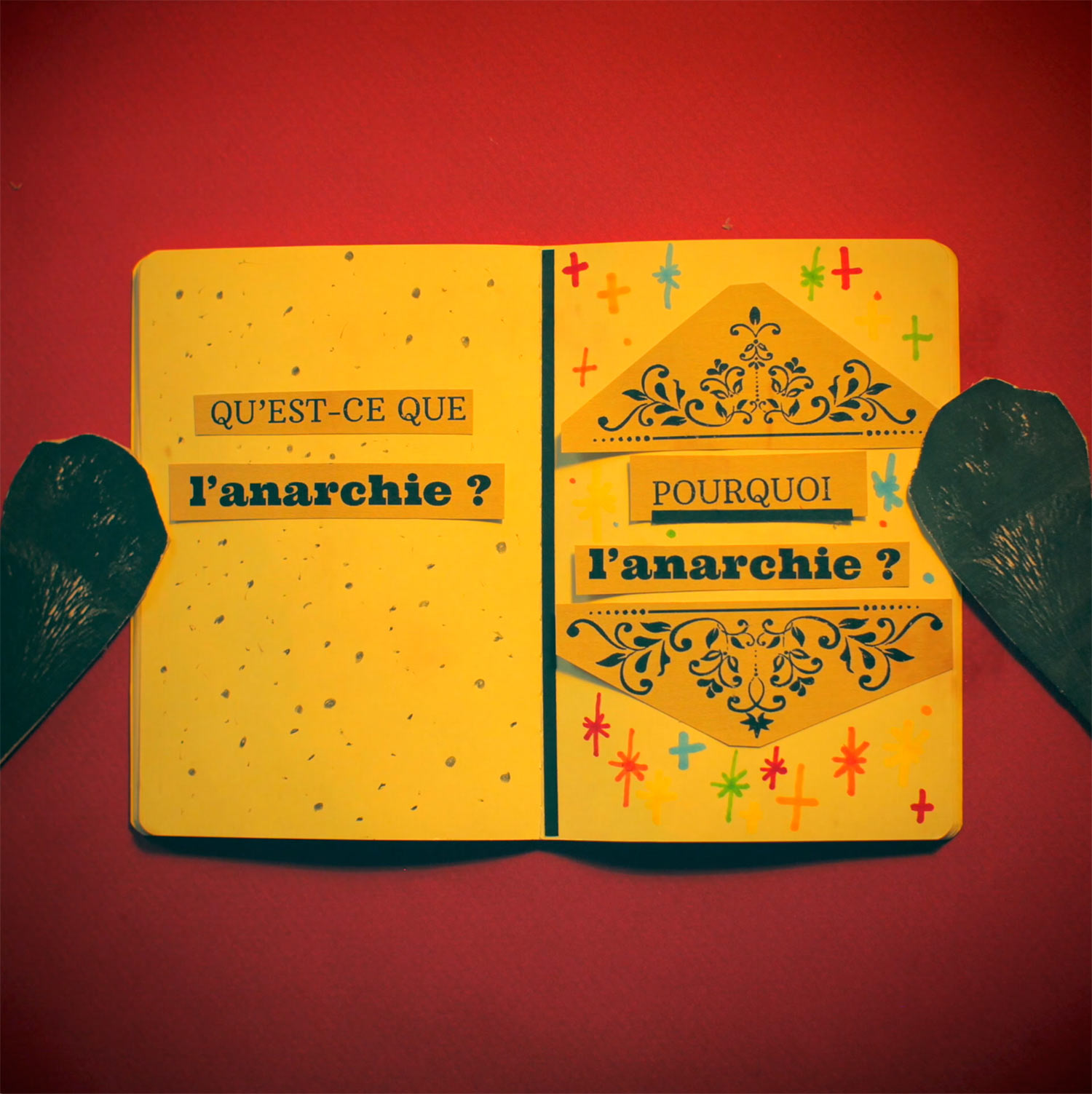
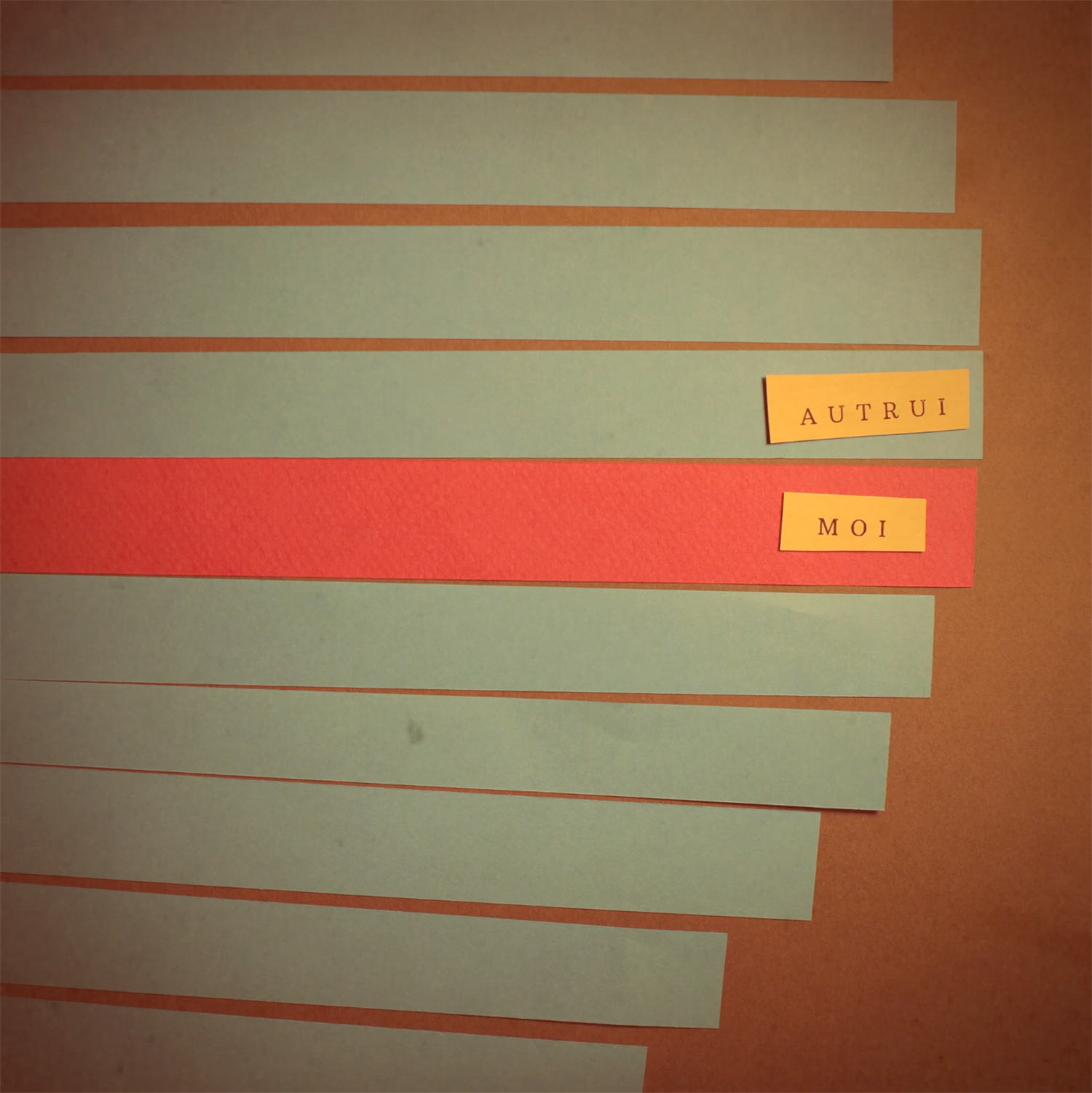
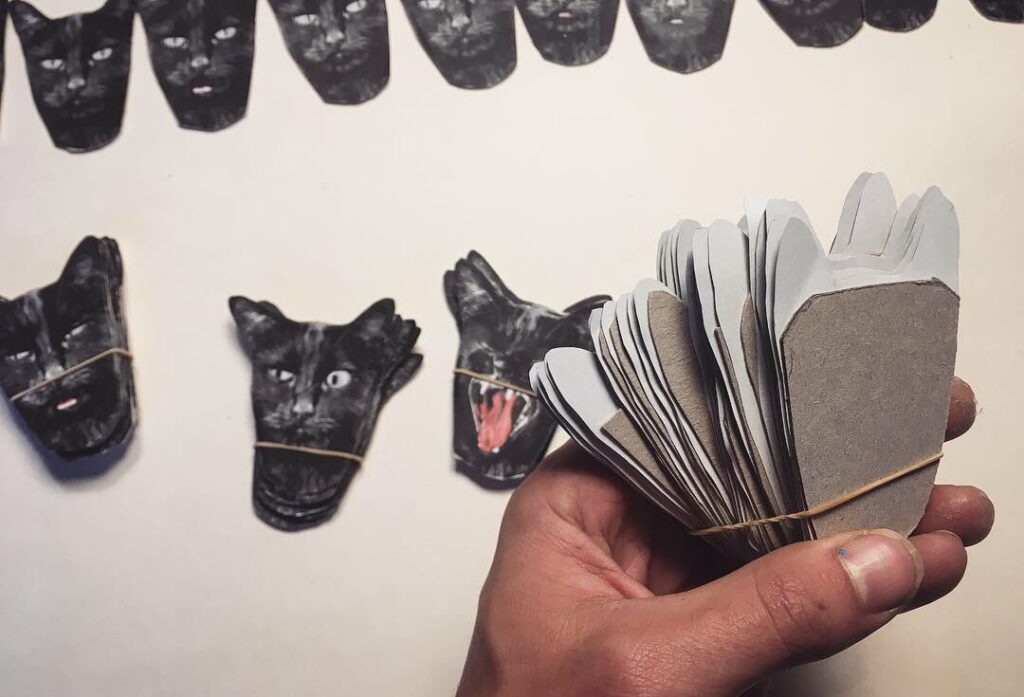
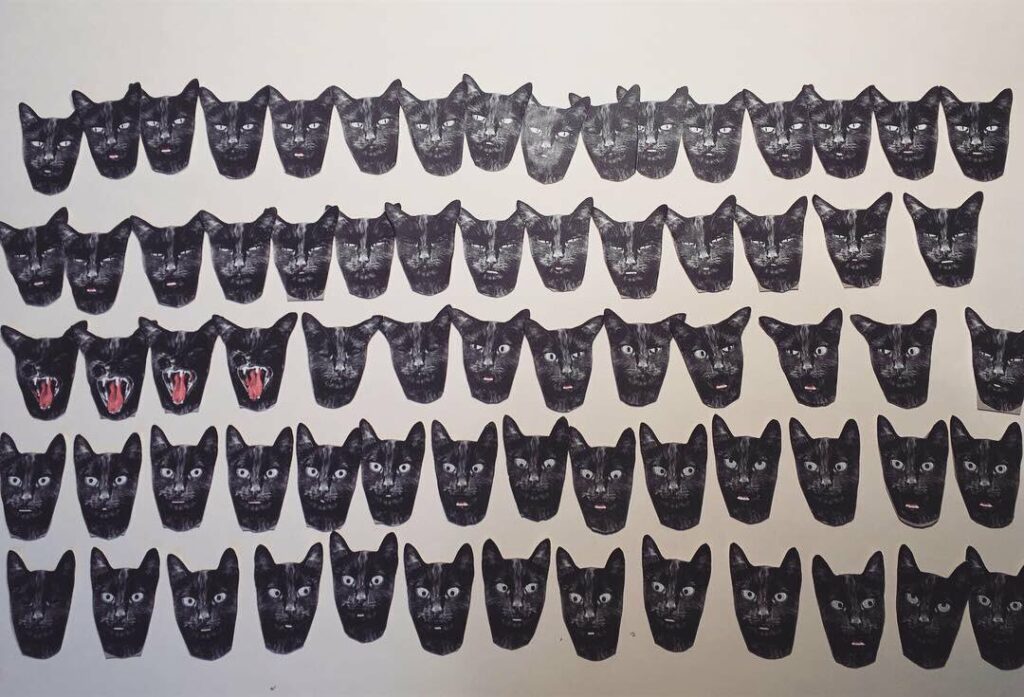
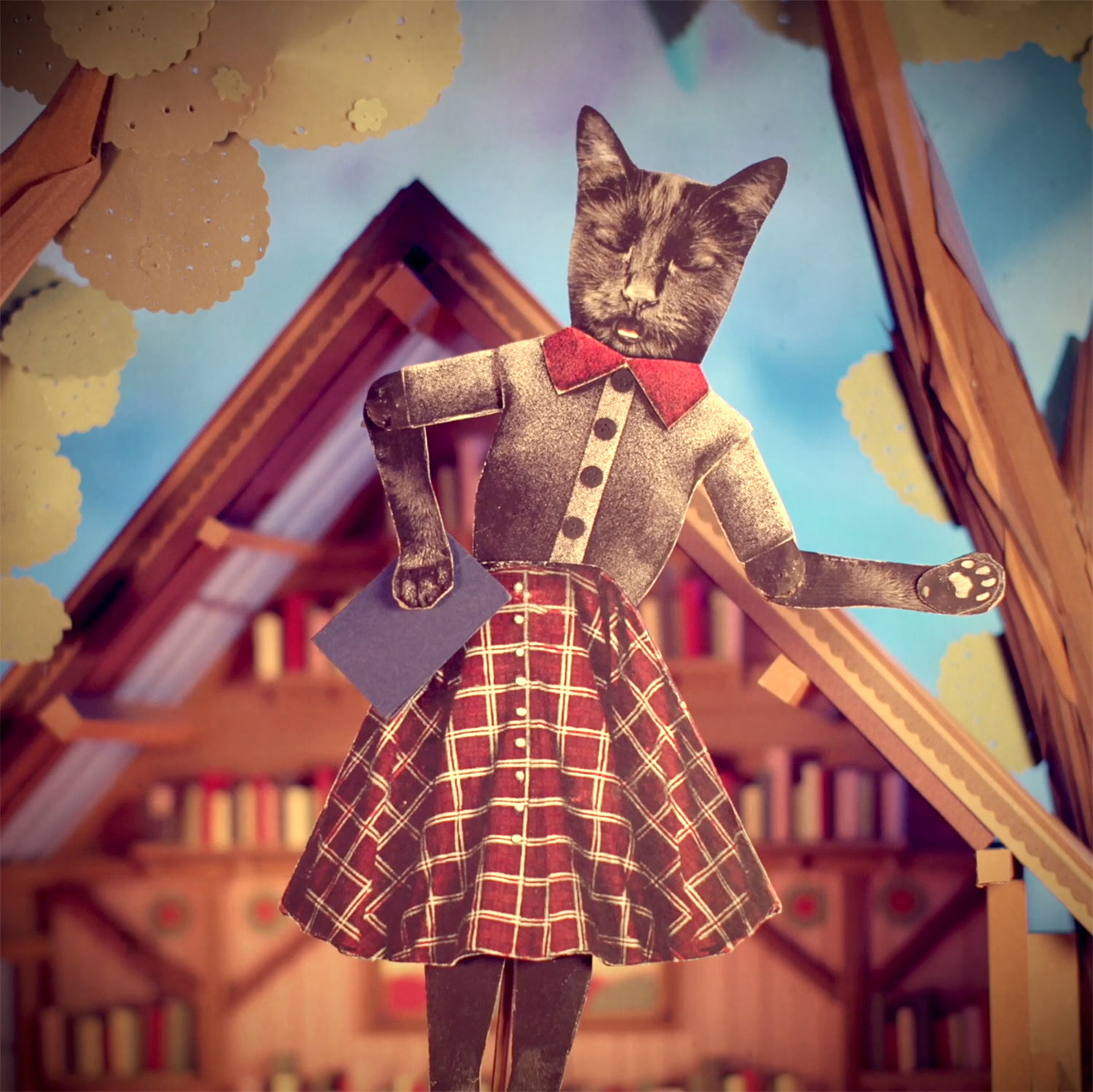
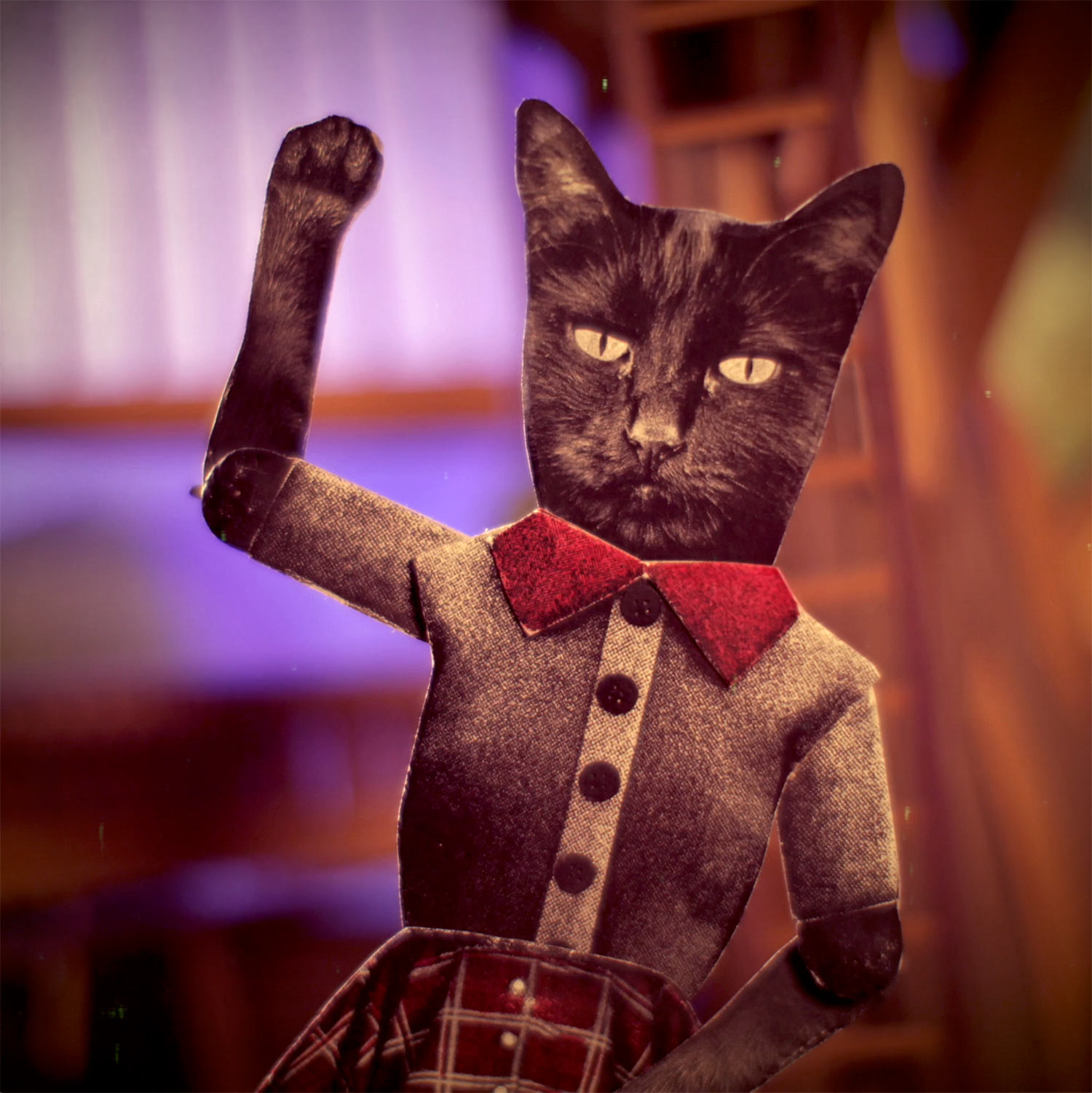
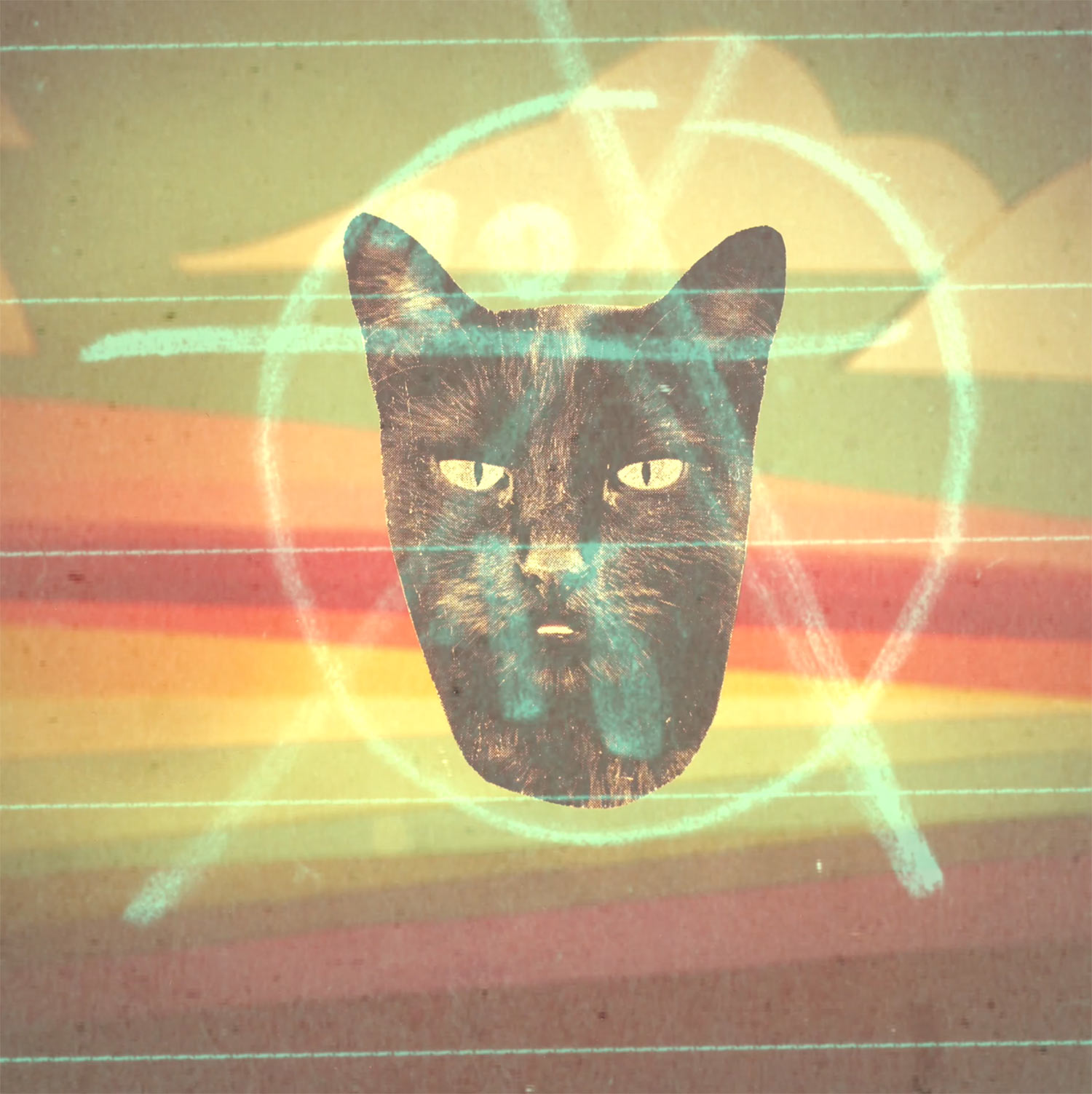
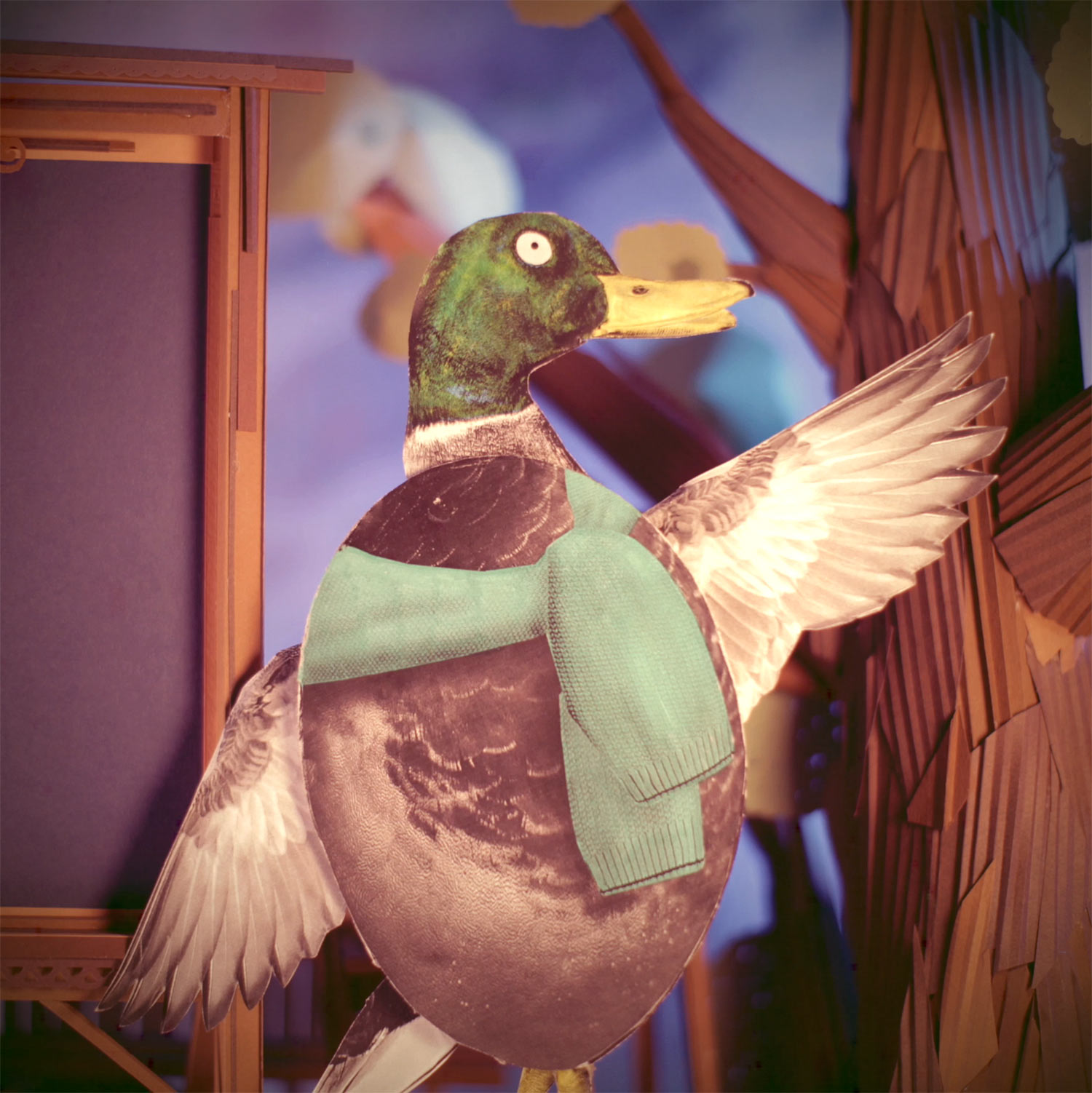
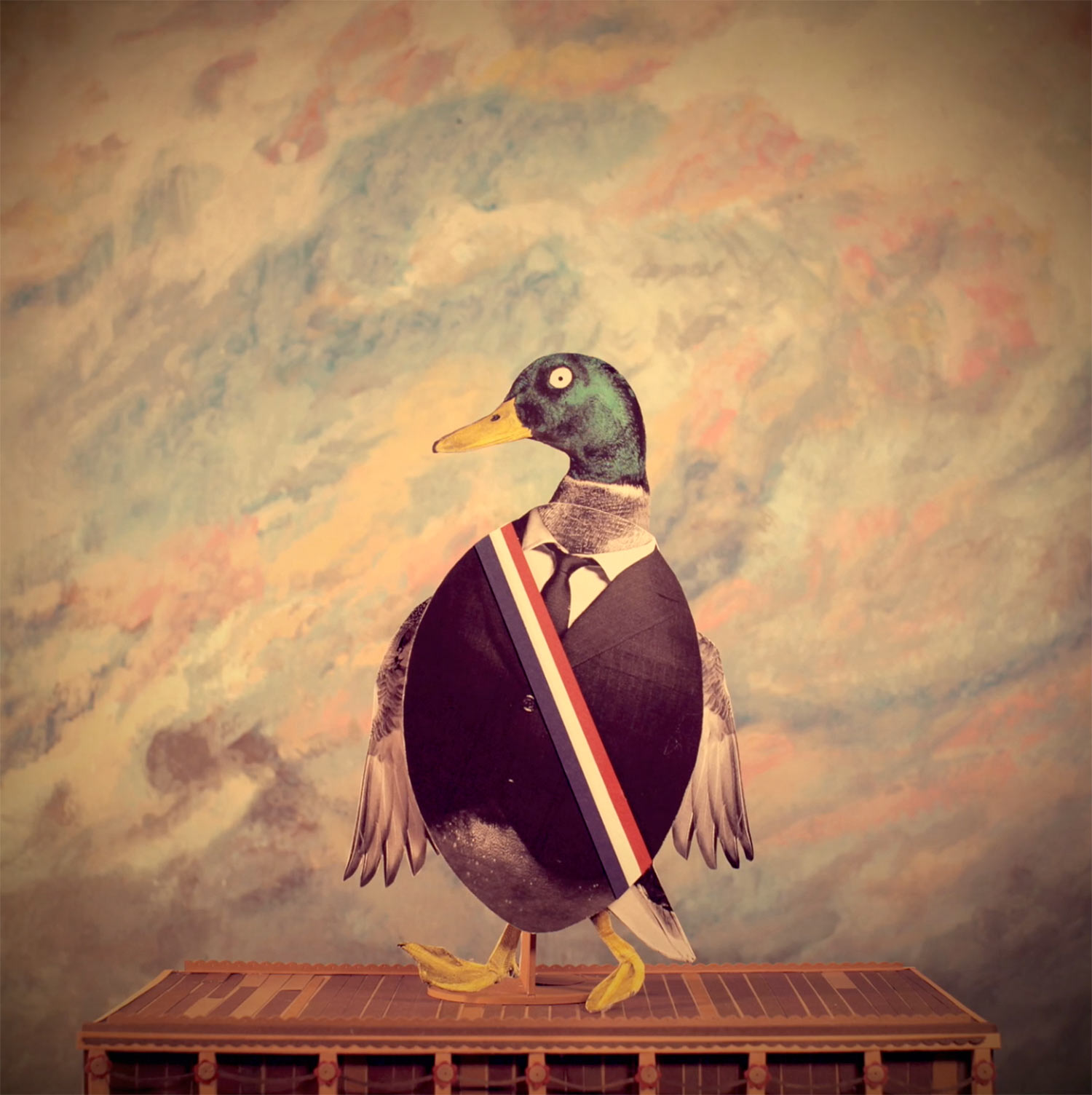
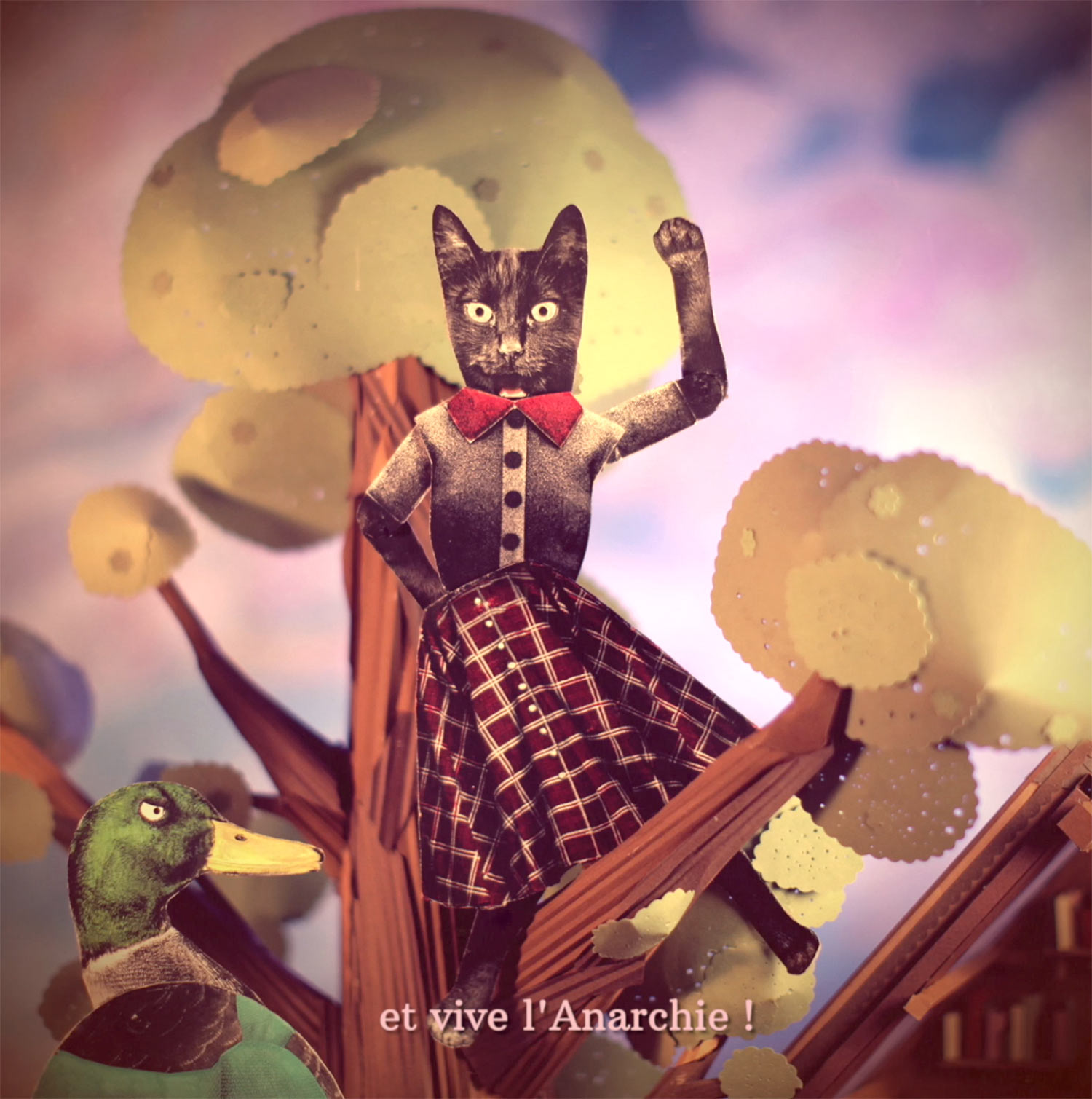
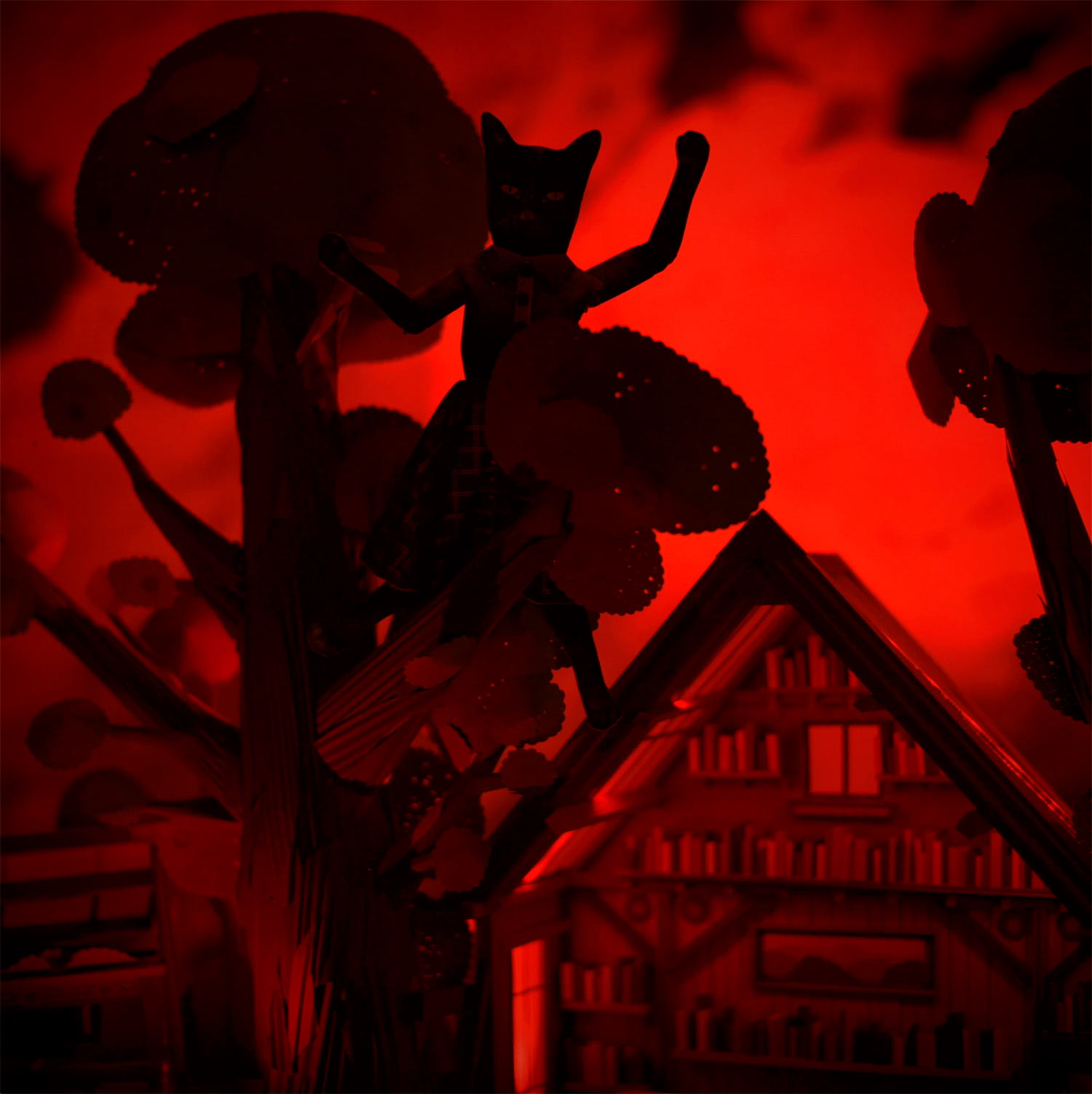
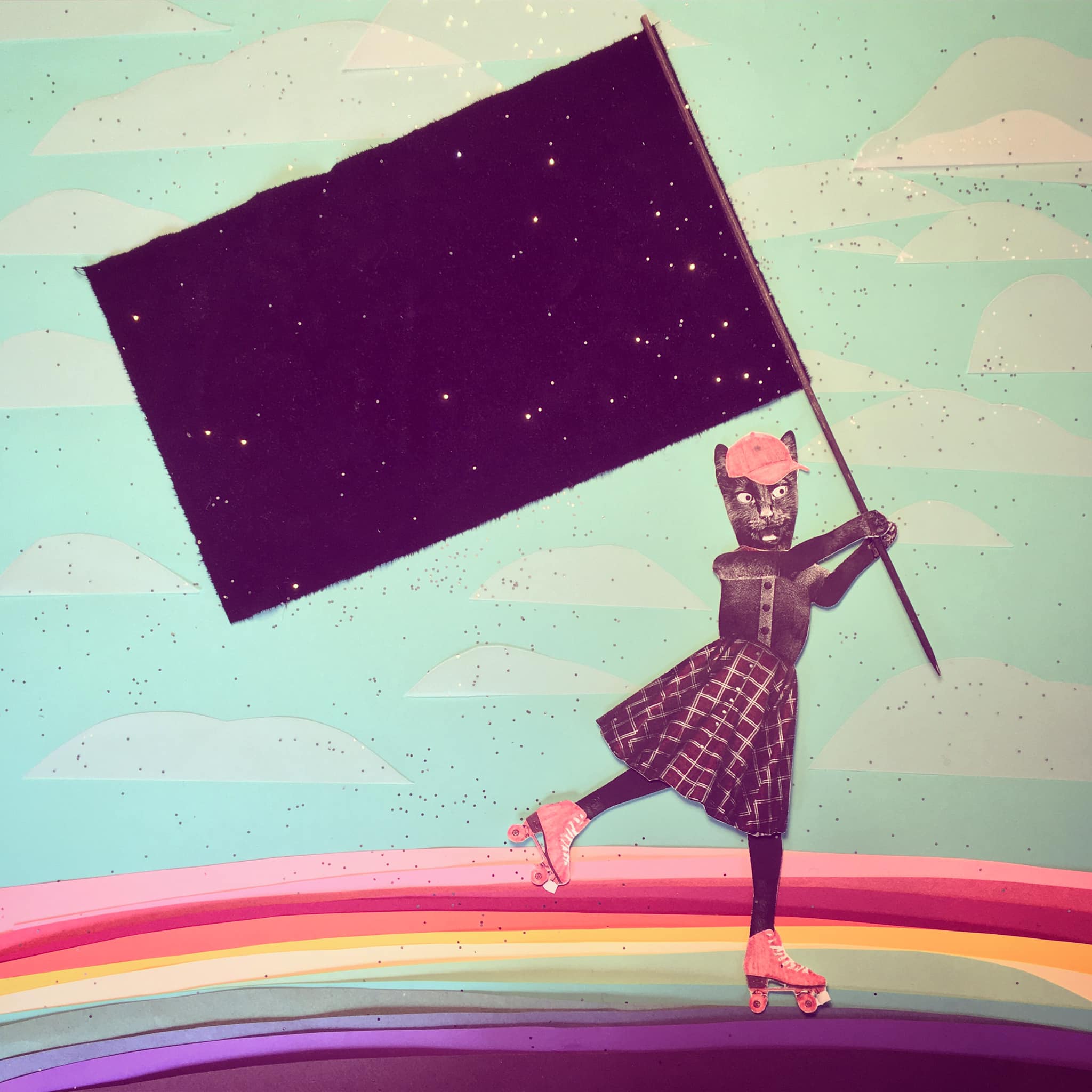
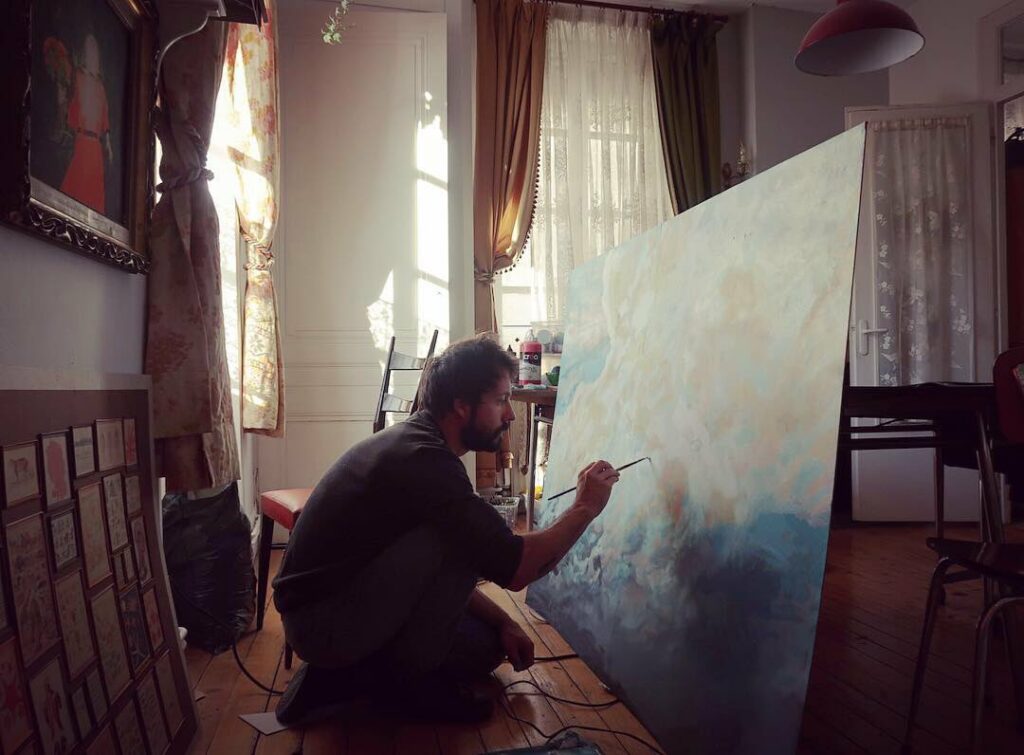
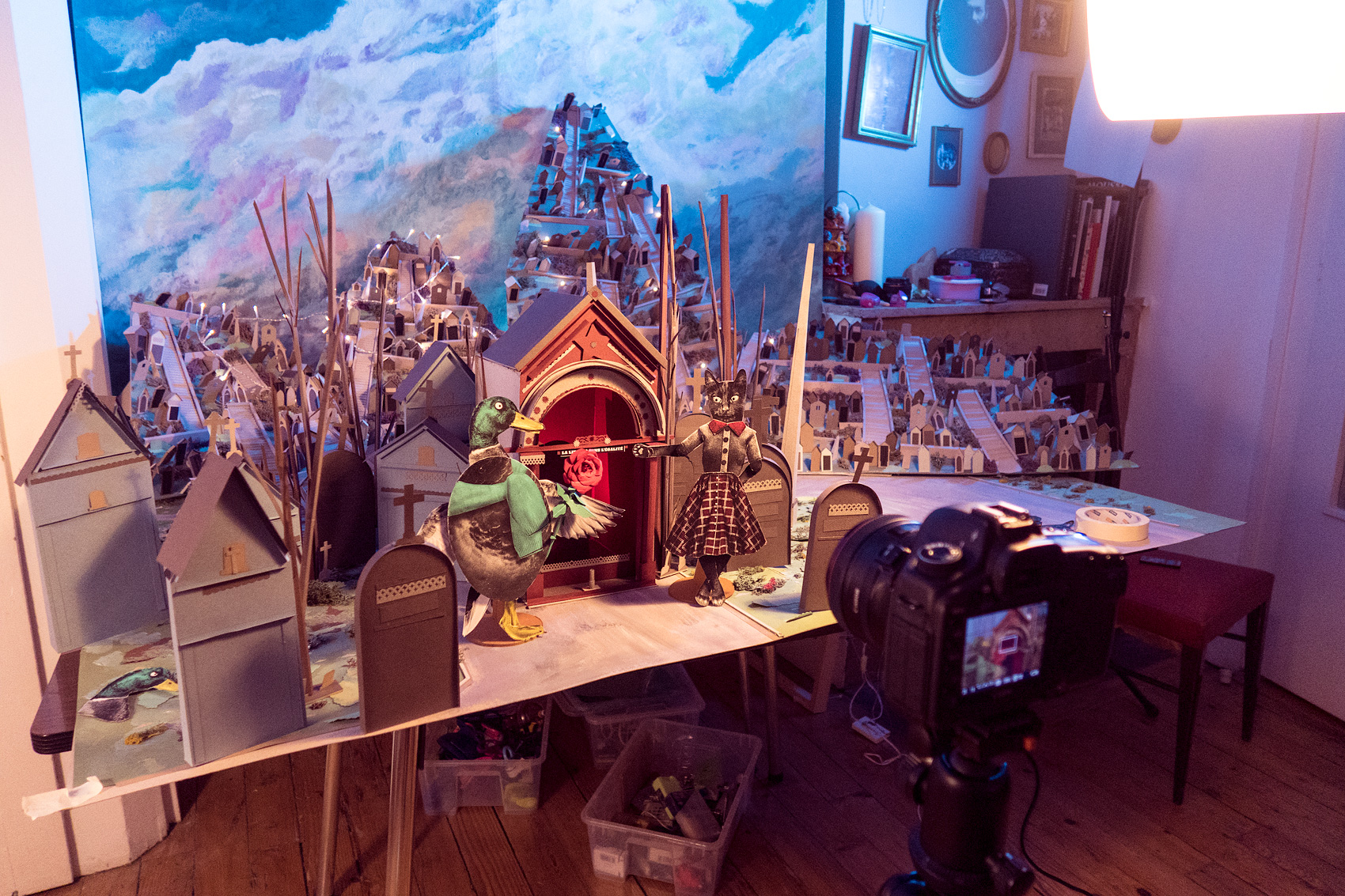
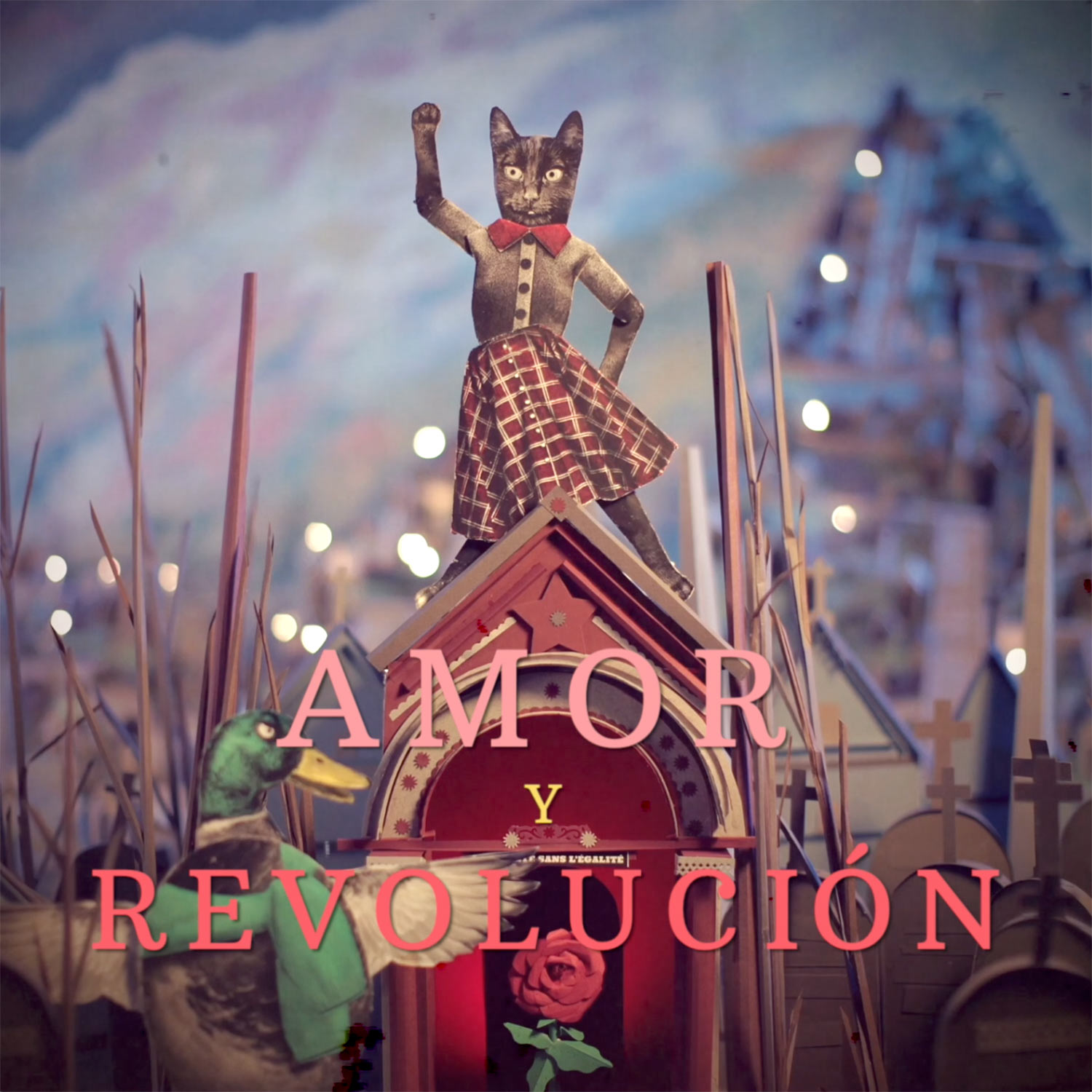
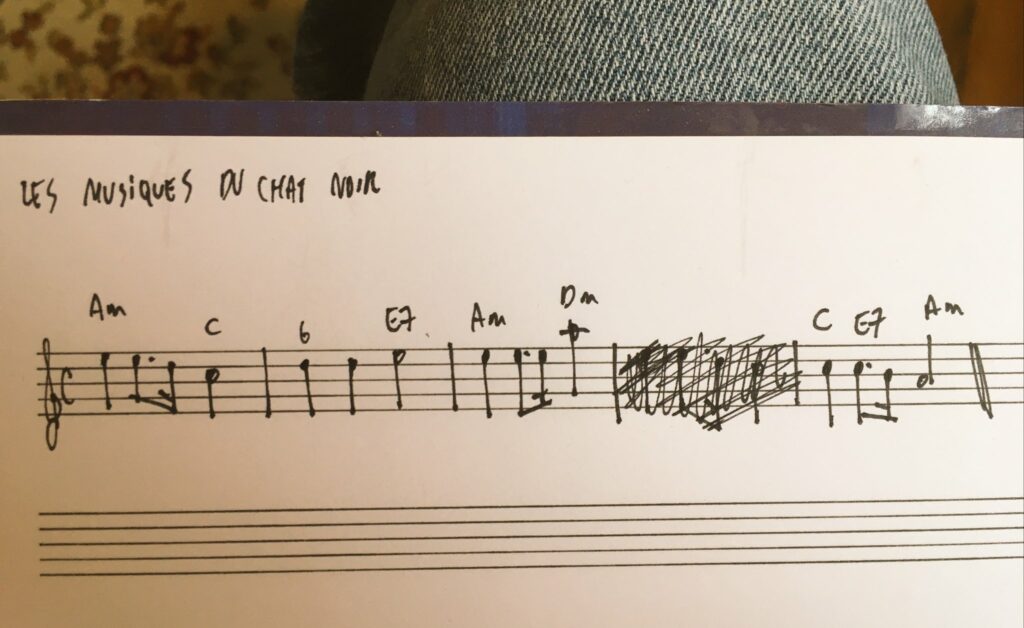
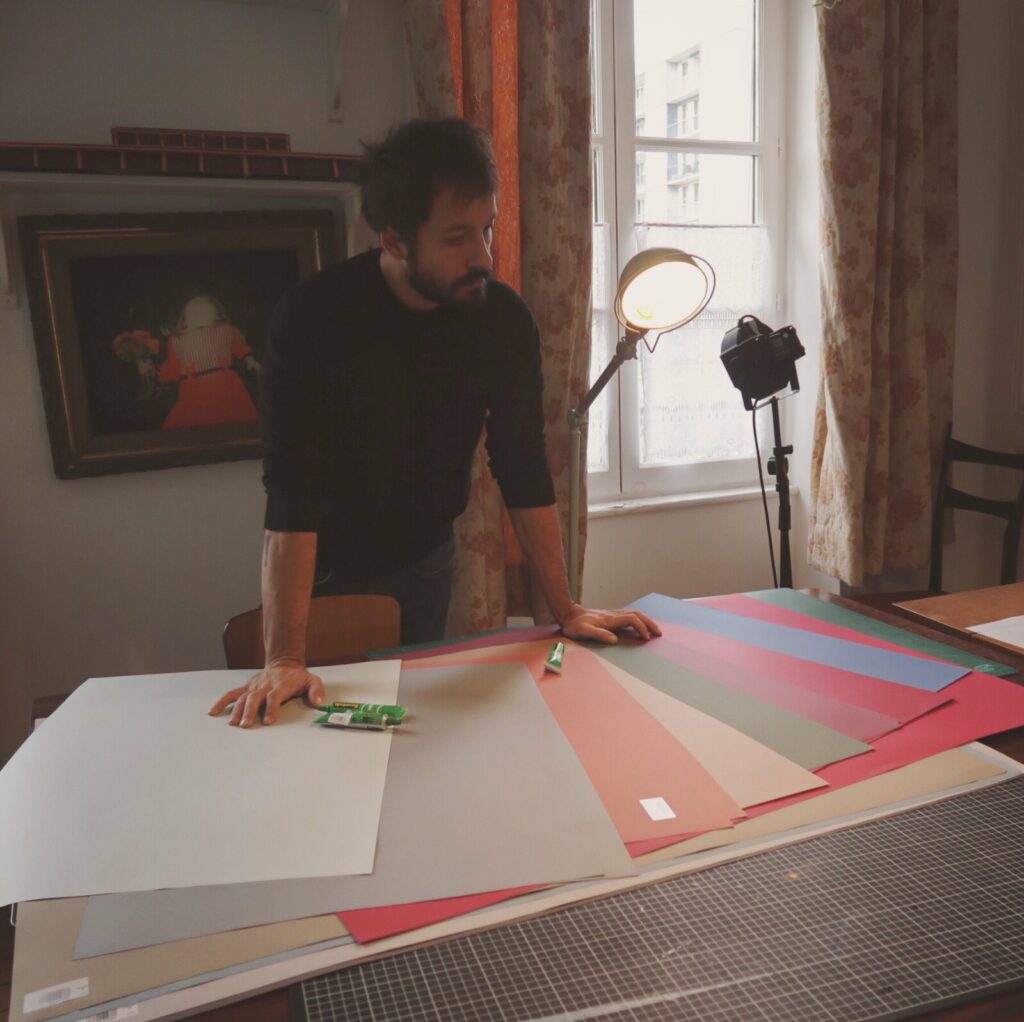
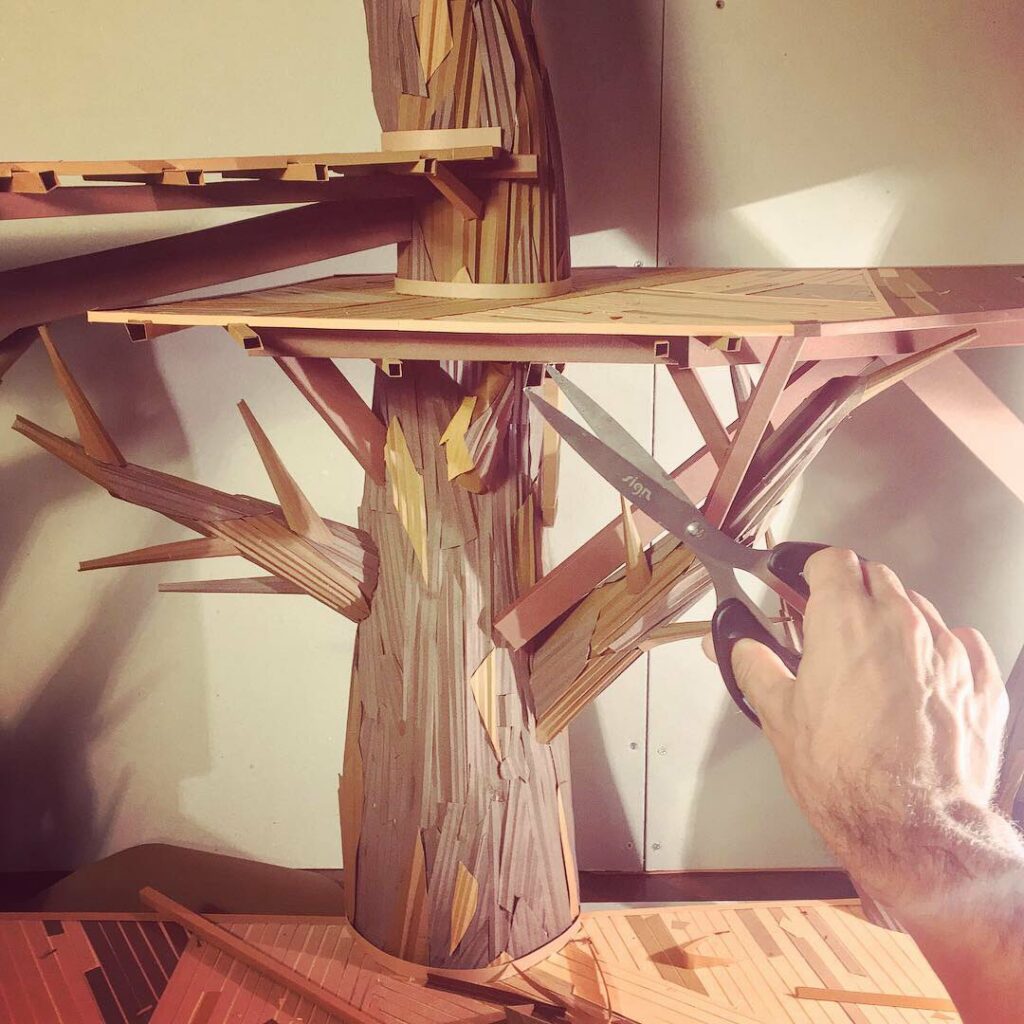
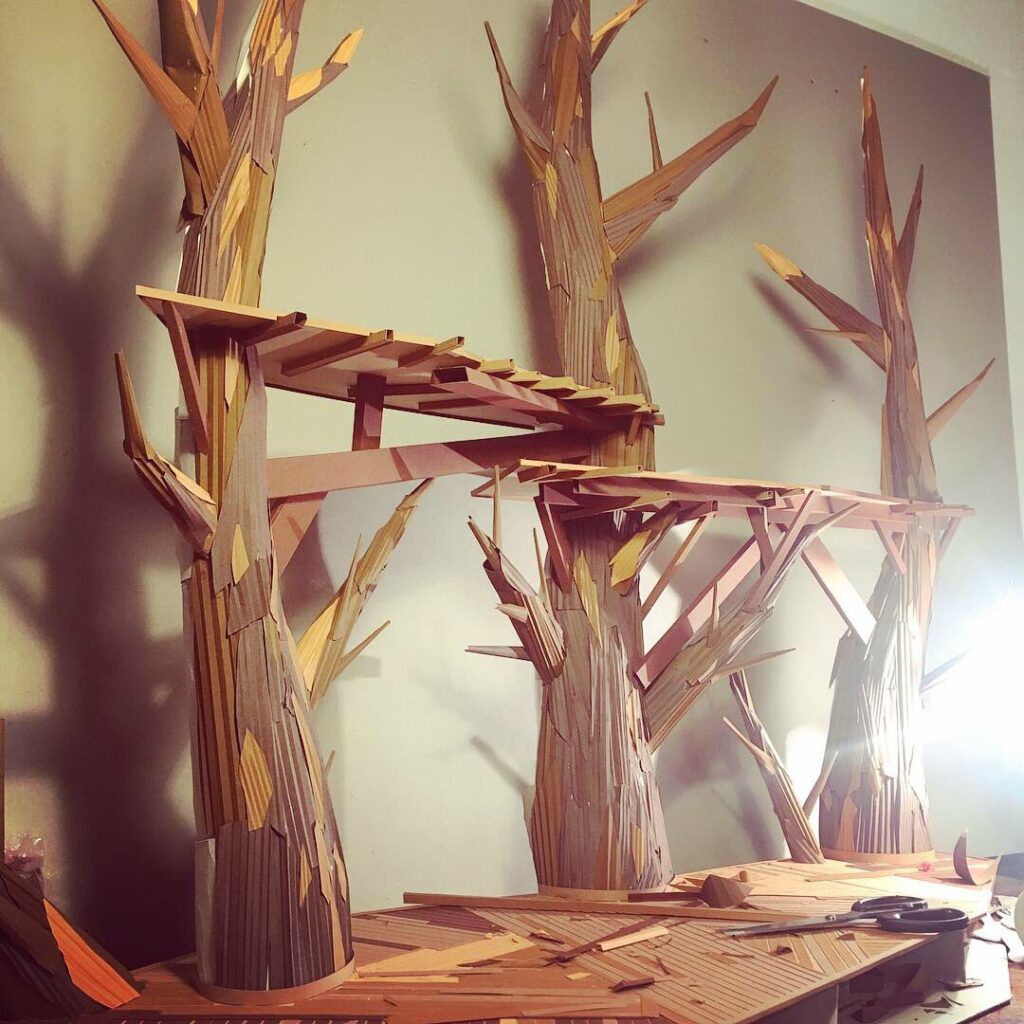
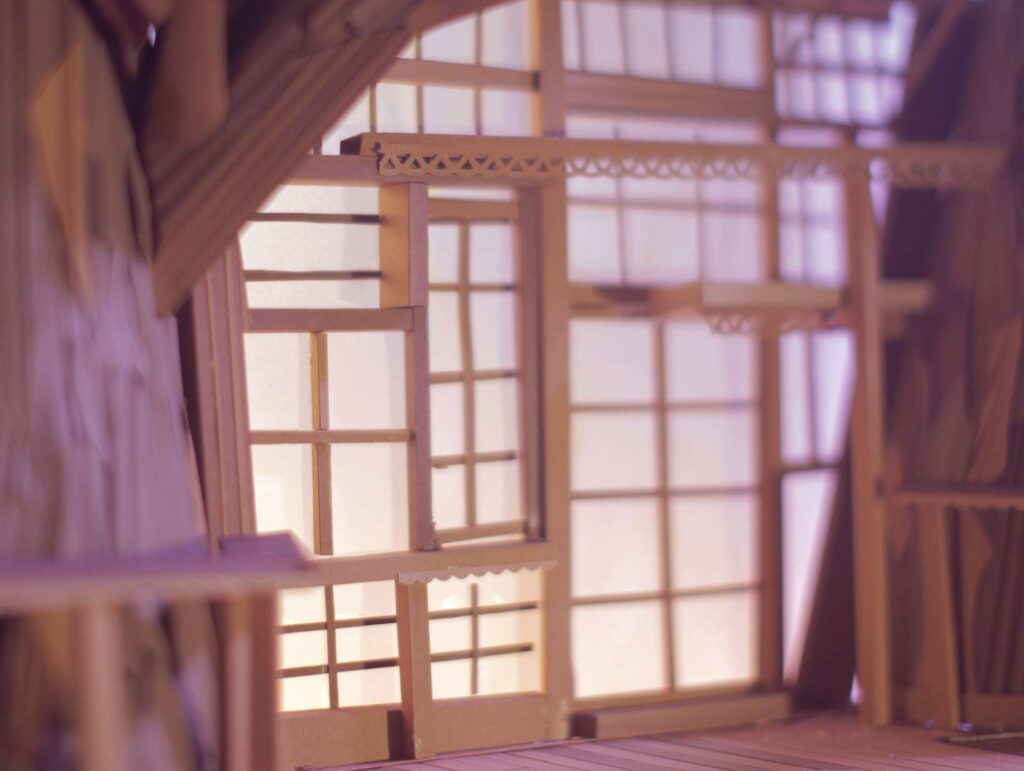
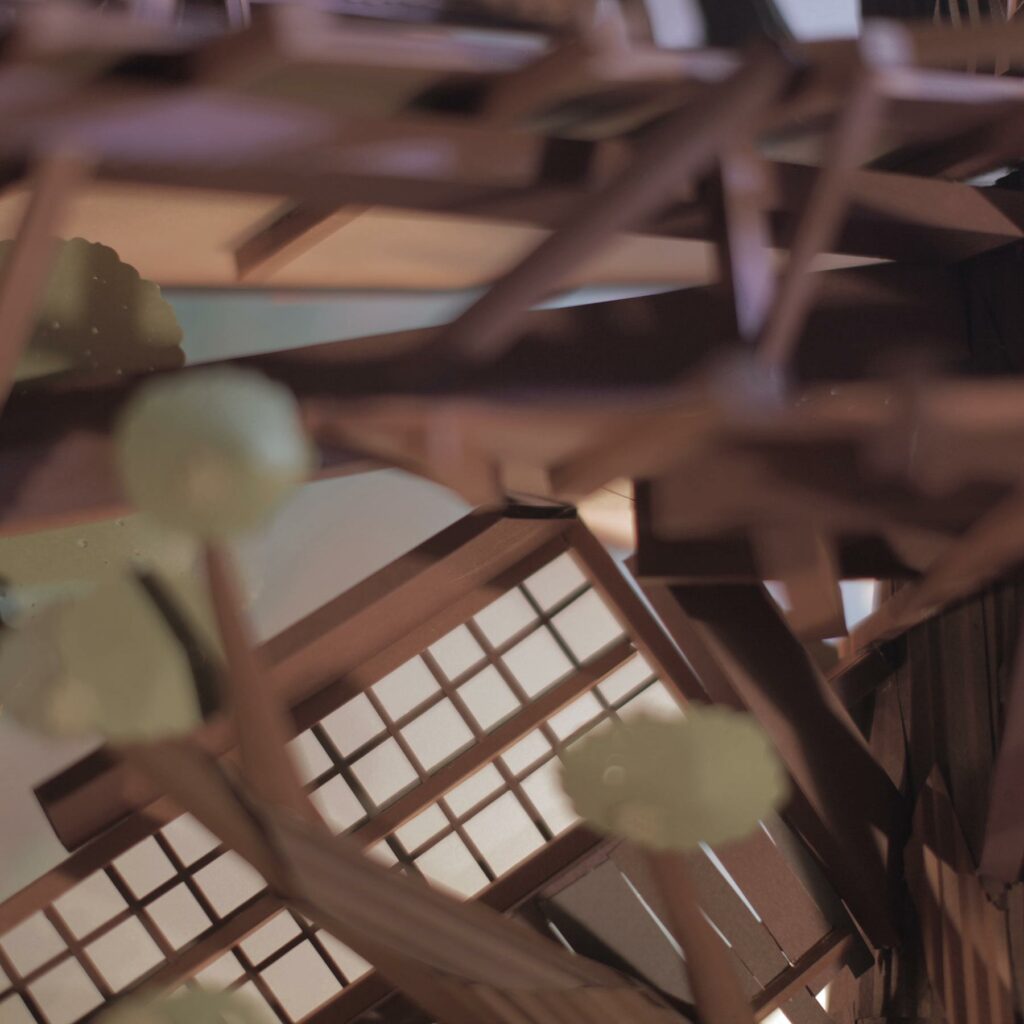
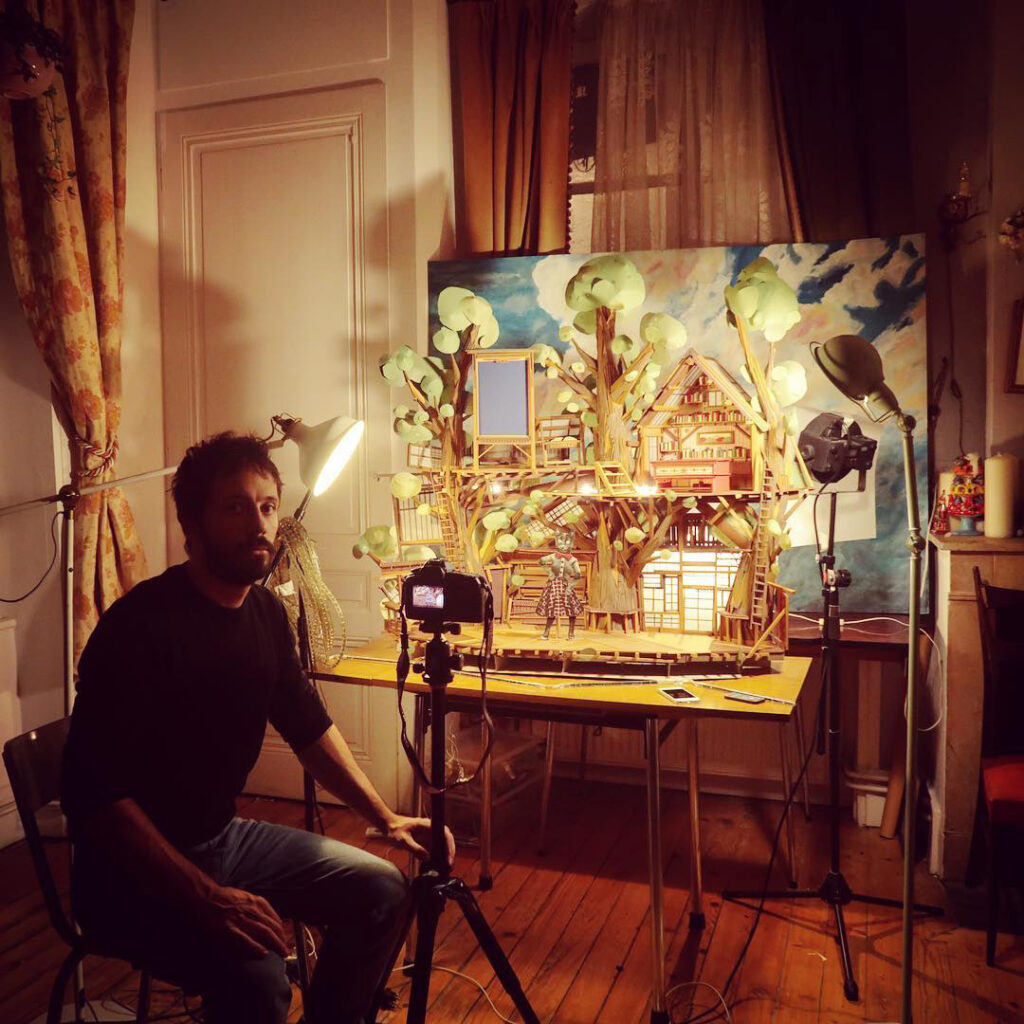
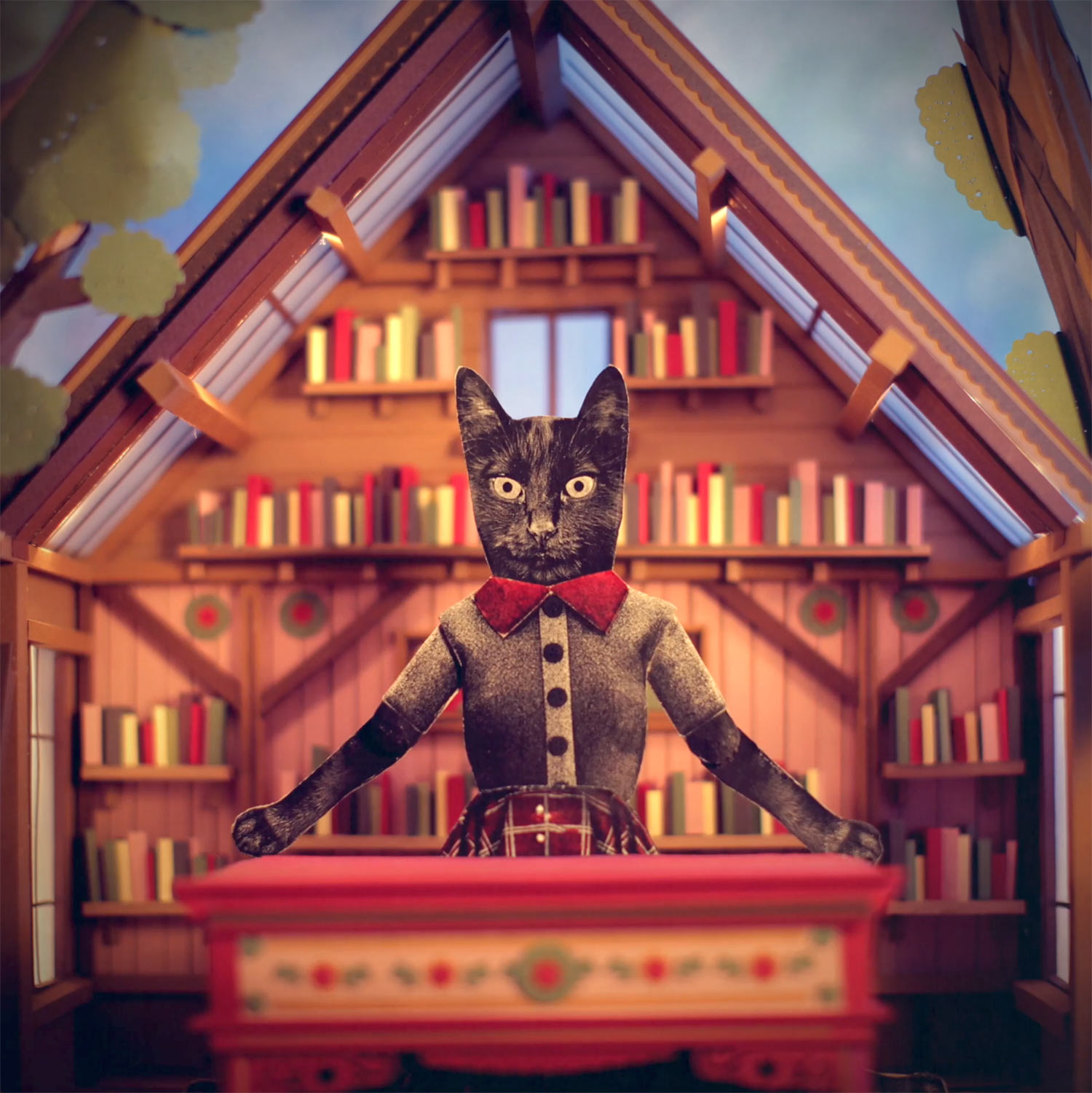
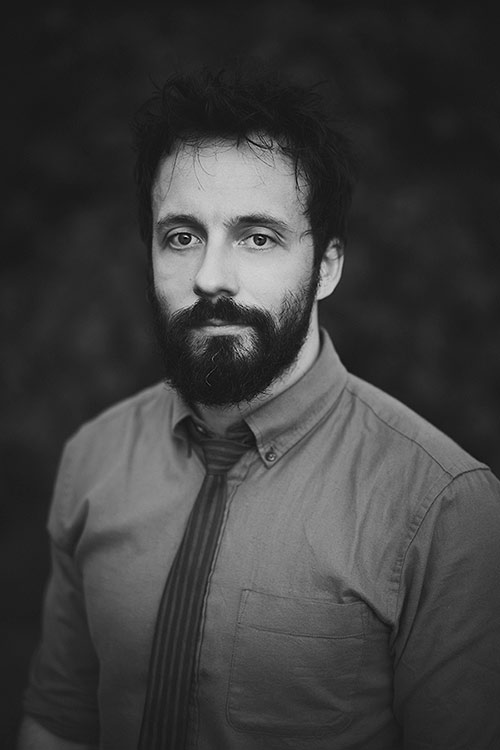
I am open to artistic commissions, residencies, scenographic, video, or musical collaborations.
A project in mind? A strange dream to bring to life? Let’s write it together.

Veuillez m’écrire à mon adresse ou bien utilisez le formulaire ci-dessous. Je répondrai dans les meilleurs délais.
Veuillez m’écrire à mon adresse ou bien utilisez le formulaire ci-dessous. Je répondrai dans les meilleurs délais.
Sign up to the newsletter for the latest updates and exclusive offers from the shop.
Sign up to the newsletter for the latest updates and exclusive offers from the shop.